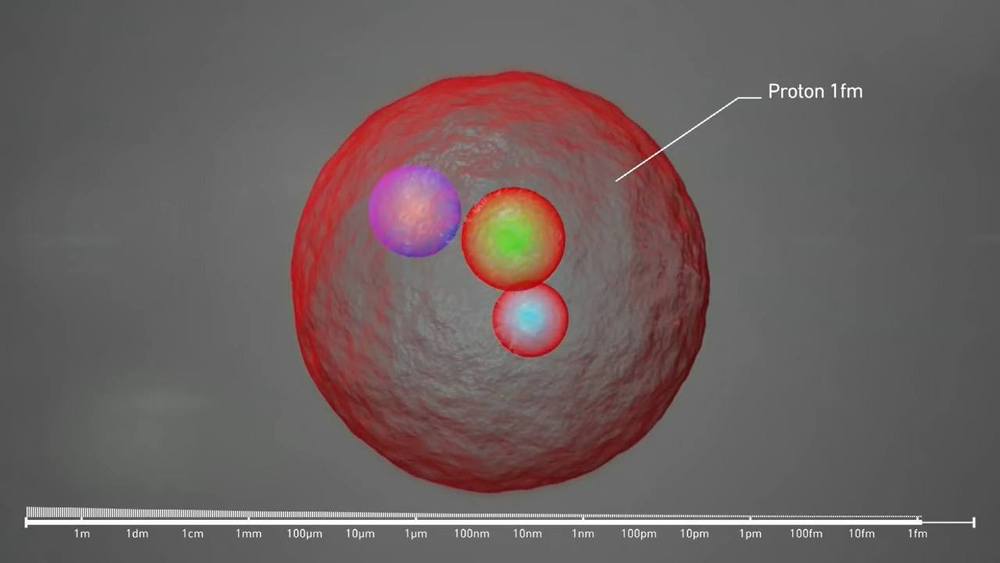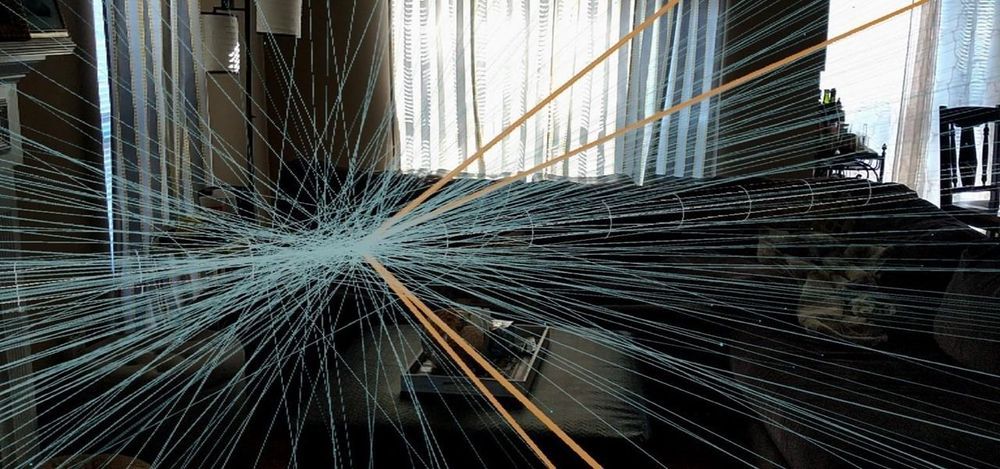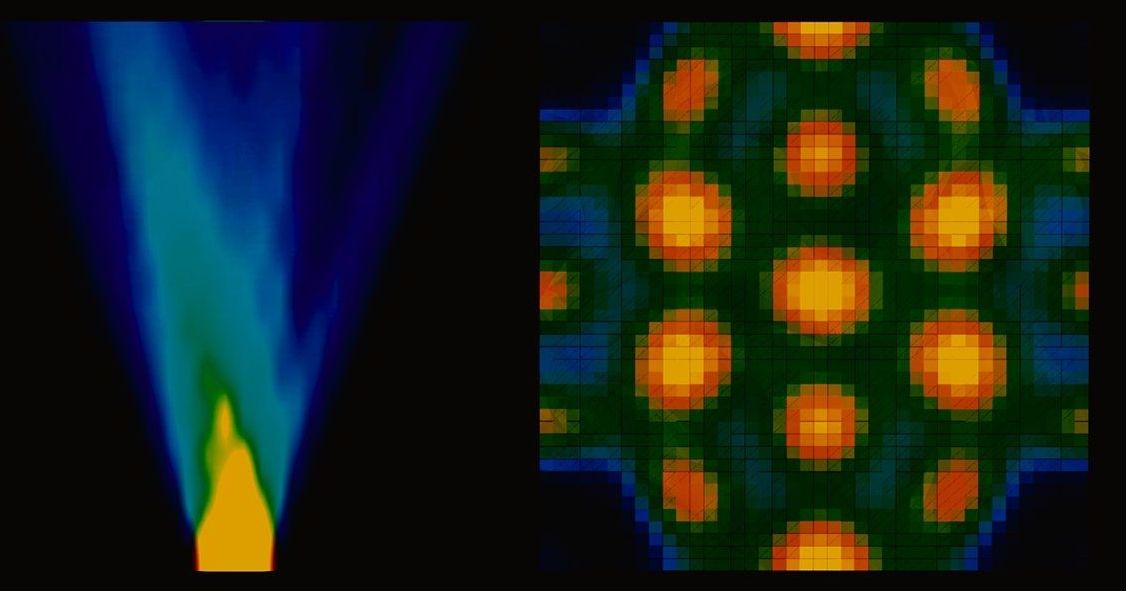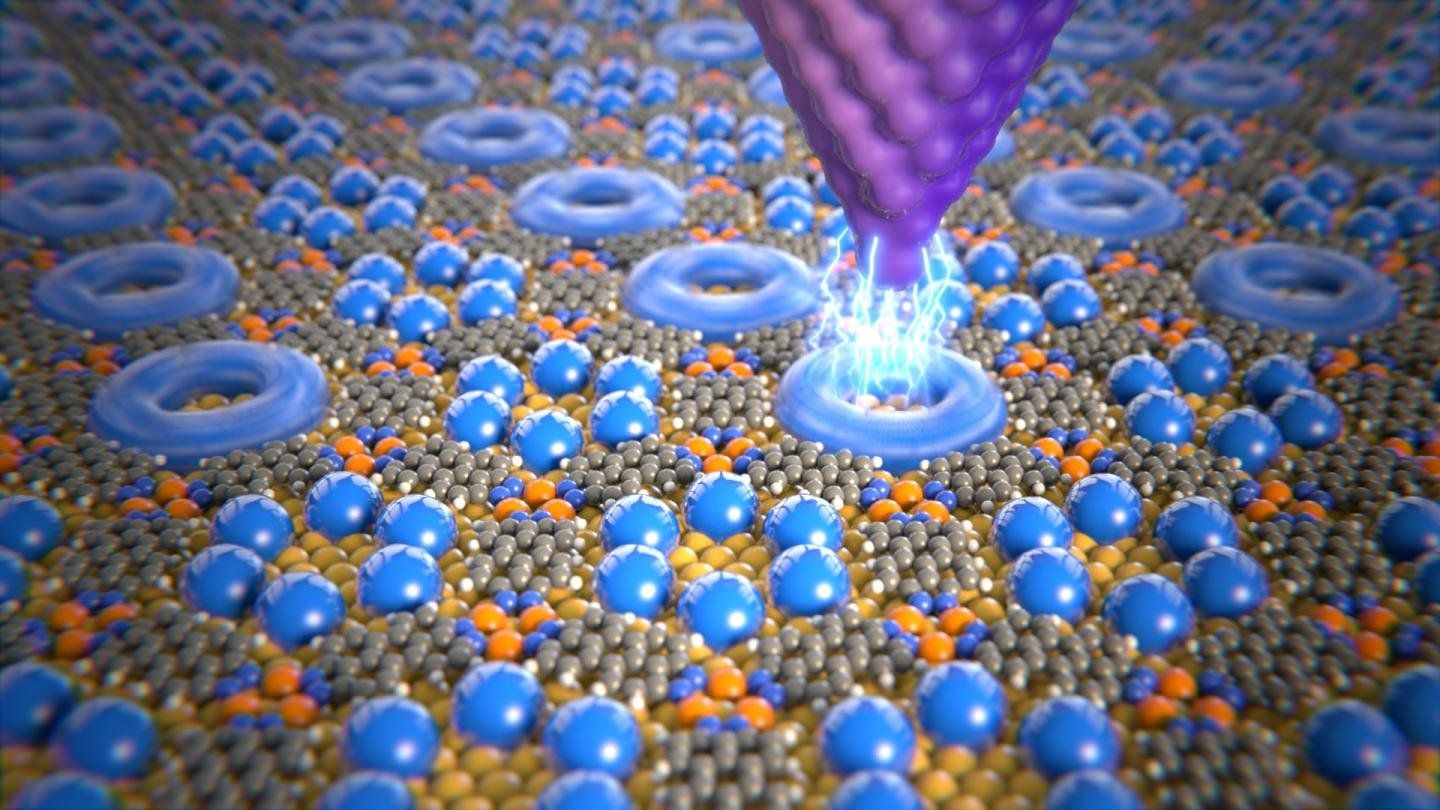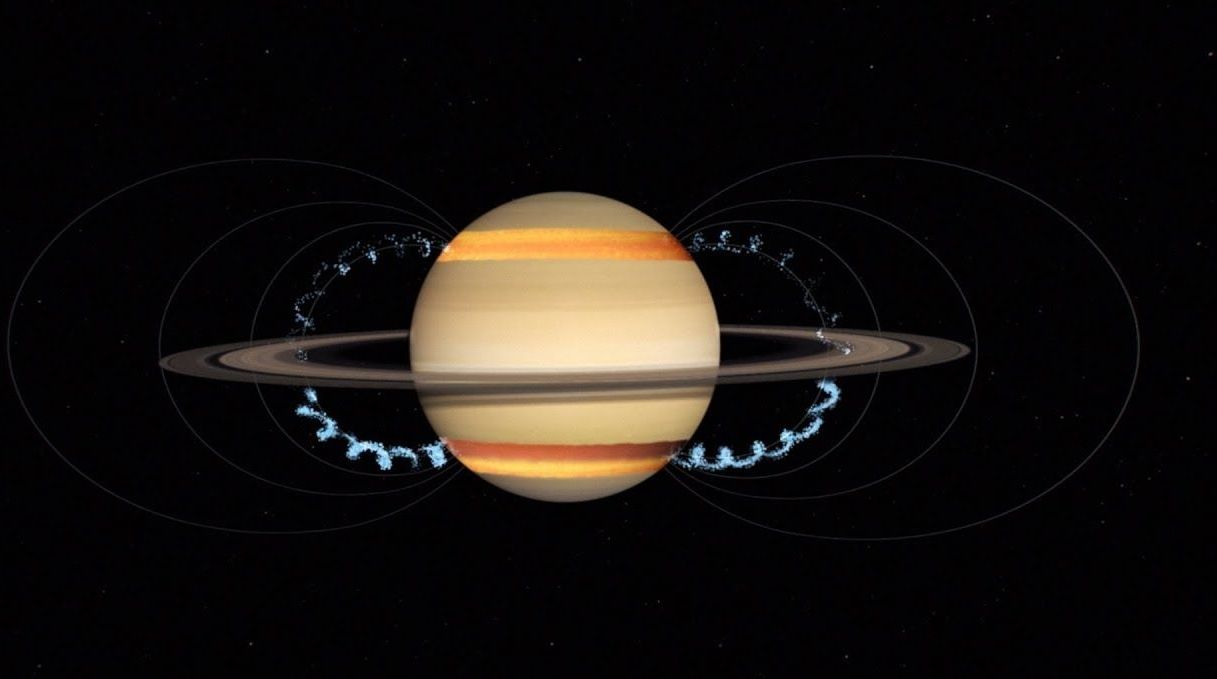The Cray-1 supercomputer, the world’s fastest back in the 1970s, does not look like a supercomputer. It looks like a mod version of that carnival ride The Round Up, the one where you stand, strapped in, as it dizzies you up. It’s surrounded by a padded bench that conceals its power supplies, like a cake donut, if the hole was capable of providing insights about nuclear weapons.
After Seymour Cray first built this computer, he gave Los Alamos National Laboratory a six-month free trial. But during that half-year, a funny thing happened: The computer experienced 152 unattributable memory errors. Later, researchers would learn that cosmic-ray neutrons can slam into processor parts, corrupting their data. The higher you are, and the bigger your computers, the more significant a problem this is. And Los Alamos—7,300 feet up and home to some of the world’s swankiest processors—is a prime target.
The world has changed a lot since then, and so have computers. But space has not. And so Los Alamos has had to adapt—having its engineers account for space particles in its hard- and software. “This is not really a problem we’re having,” explains Nathan DeBardeleben of the High Performance Computing Design group. “It’s a problem we’re keeping at bay.”


